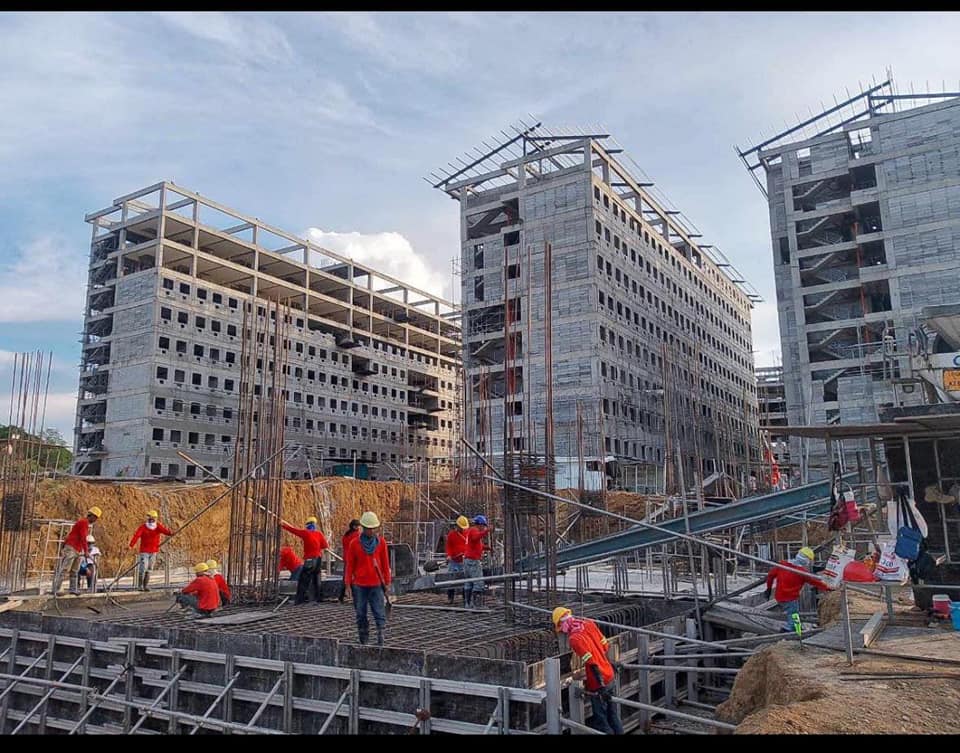
By Brian Jules Campued
The government continues to intensify its strategies to create high-quality jobs for Filipinos amid record-low unemployment rate in June 2024, the National Economic Development Authority (NEDA) said Wednesday.
In its latest Labor Force Survey, the Philippine Statistics Authority (PSA) reported the country’s jobless rate dropped to 3.1%—similar to the December 2023 record—from 4.1% in May 2024.
This is the lowest unemployment rate after nearly two decades or since April 2005, according to PSA Usec. Dennis Mapa.
“In terms of magnitude, the number of unemployed individuals in June 2024 was registered at 1.62 million. This was lower than the number of unemployed individuals in June 2023 at 2.33 million and in May 2024 at 2.11 million,” Mapa said.
On the other hand, the employment rate rose to 96.9% in June 2024 from 95.5% in the previous month. This is equivalent to about 50.28 million employed Filipinos in the said month compared to 48.87 million in May 2024.
The Labor Force Participation Rate (LFPR) was registered at 66%, or about 51.90 million Filipinos aged 15 years and above who were in the labor force.
According to NEDA Sec. Arsenio Balisacan, the gains in employment can be attributed to the implementation of government infrastructure projects and the improvement of the operating conditions for manufacturing firms.
“Increasing investments in renewable energy, water supply, and mining and quarrying have also supported employment growth in these areas,” Balisacan said in a statement.
Significant growth was also observed in the construction (+938,000) and manufacturing (+353,000) sectors.
“To sustain these gains, we will persist in improving the country’s business climate to attract investments that generate higher-quality jobs. The government will address bottlenecks and expedite processes to fulfill investment pledges and reap the benefits of liberalization reforms,” the NEDA chief stated.
Meanwhile, the agriculture sector lost a total of 997,000 jobs (agriculture and forestry, -916,000; fishing and aquaculture, -81,000) due to the impacts of recent weather disturbances, natural disasters, pest and disease infestation, and the escalating tensions in the West Philippine Sea.
Around 6.08 million or 12.1%, likewise expressed the desire to have additional hours of work in their present job or to have additional job, or to have a new job with longer hours of work. This uptick equates to at least 208,000 employees seeking more work hours or an additional job.
Balisacan emphasized that the government will continue to enhance productivity by enabling the adoption of emerging technologies and equipping the workforce through upskilling and reskilling.
Among these initiatives, he said, is the establishment of Industry 4.0 facilities—led by the Department of Trade and Industry and Department of Science and Technology—which aim to foster a collaborative learning environment where large enterprises, micro, small and medium enterprises (MSMEs), and the academe can share knowledge on industry 4.0 management and advanced production technologies.
Fully implementing the National Artificial Intelligence or AI Strategy Roadmap 2.0 is also expected to strengthen the country’s capacity for sustainable digital transformation, innovation, and entrepreneurship in the digital economy.
The NEDA, likewise, renewed its call for the passage of the Apprenticeship Bill, which will institute reforms in the apprenticeship program and equip the youth with job-ready skills through a blend of workplace training and classroom learning.
“While we see encouraging figures in terms of our job generation, we will continue to focus on generating high-quality and well-paying jobs to address the issue of vulnerable employment and ensure a brighter future for our Filipino workers,” Balisacan said.
